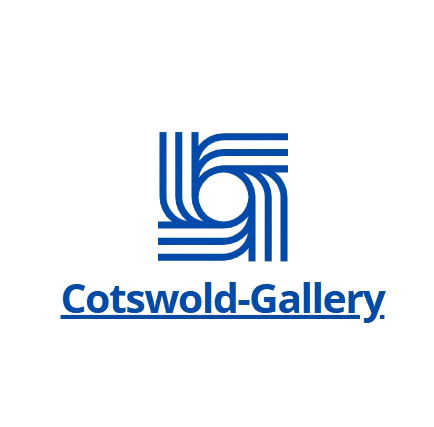In today’s globalized world, the ability to communicate across language barriers has never been more crucial. As businesses expand internationally, healthcare providers treat patients from diverse linguistic backgrounds, and governments engage with citizens from different cultures, the need for seamless, real-time communication becomes paramount. On-demand interpretation services have emerged as a vital solution, offering instant access to professional language interpreters anytime and anywhere. This service model, driven by modern technology, is transforming the way we bridge language gaps in various fields, from business meetings to medical consultations.
On-demand interpretation services provide users with immediate access to qualified interpreters through various platforms, such as mobile apps, websites, or even through phone calls. These services are available 24/7, ensuring that individuals and organizations can obtain language assistance whenever it is needed. This level of accessibility is a significant departure from traditional interpretation models, where clients had to schedule appointments or wait for interpreters to become available. Whether it’s a legal consultation, a customer service interaction, or a medical emergency, on-demand interpretation ensures that language barriers do not hinder effective communication.
One of the standout features of on-demand on-demand interpretation services interpretation services is their flexibility. They offer a wide range of languages, allowing individuals to connect with interpreters who are fluent in specific dialects or languages that may not be commonly available through traditional channels. For businesses operating in global markets, this flexibility is invaluable. They no longer need to worry about logistical challenges associated with finding an interpreter for rare or specialized languages. In healthcare, it allows providers to offer accurate and timely language support to patients from diverse backgrounds, ensuring that critical medical information is conveyed clearly and effectively.
Another advantage of on-demand interpretation is the convenience it offers. With just a few clicks, users can initiate a session and be connected with a professional interpreter within minutes. This eliminates the need for lengthy booking processes or waiting for an interpreter to be physically present. For remote workers, travelers, or individuals in urgent situations, on-demand interpretation ensures that they can access high-quality language assistance instantly, no matter where they are located. This real-time capability has become especially important in industries like healthcare, where a delay in communication could have serious consequences.
The cost-effectiveness of on-demand interpretation services is also noteworthy. Traditional interpretation services often involve high fees for in-person consultations or scheduled appointments, which may not always be feasible for smaller organizations or individuals with limited resources. On-demand services, by contrast, typically operate on a pay-per-use model, allowing users to pay only for the time they need. This can significantly reduce the costs associated with language services, making them more accessible to a broader range of clients, including small businesses, nonprofits, and individuals who may not have the budget for traditional interpretation.
Despite the advantages, there are challenges associated with on-demand interpretation services. While technology has advanced significantly, the quality of interpretation can sometimes be influenced by factors like audio clarity or the complexity of the subject matter. For example, while an on-demand interpreter may be able to assist with general conversation or routine business transactions, more specialized fields like legal or medical interpretation may require highly trained professionals who can handle technical terminology with precision. In these instances, on-demand services may still require a level of human oversight to ensure the accuracy of the interpretation.
Nonetheless, as on-demand interpretation services continue to improve, they are becoming an indispensable tool for overcoming language barriers in an increasingly interconnected world. By offering flexibility, convenience, and cost-effectiveness, these services make it easier for individuals and businesses to engage with people from different linguistic backgrounds. Whether it’s a quick translation for a business meeting or a critical conversation in a medical setting, on-demand interpretation is breaking down communication barriers and enabling better understanding across cultures and languages. The growing reliance on these services highlights their potential to shape the future of global communication, making it easier for everyone to connect, collaborate, and understand each other, no matter what language they speak.
